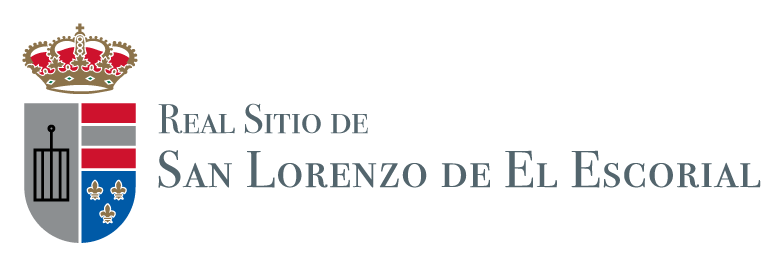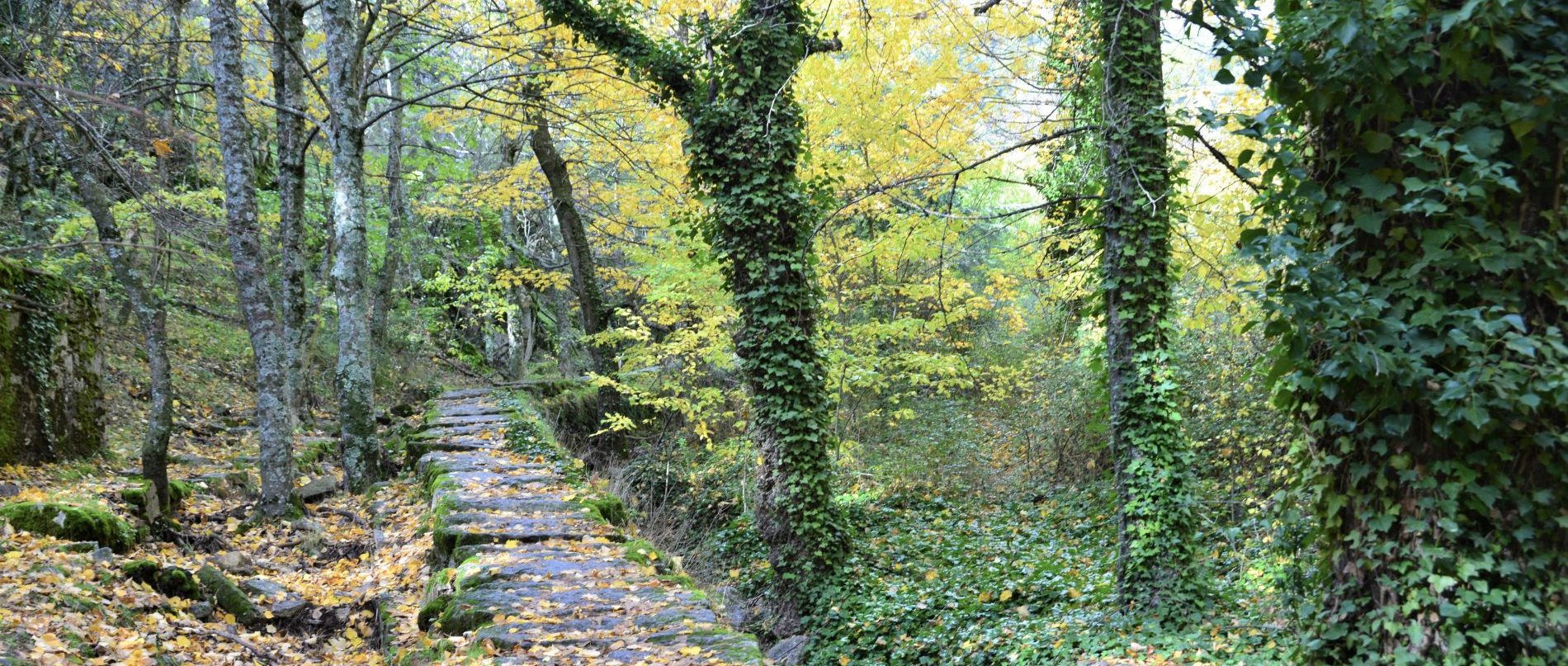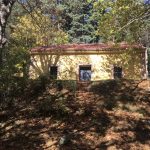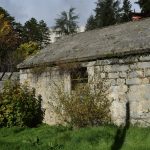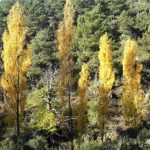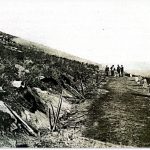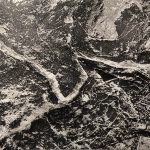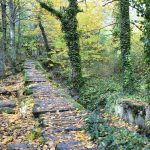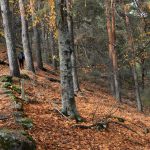During this walk we will enjoy the beauty of Abantos, created by the efforts of the men and women who worked on the reforestation.
In 1892 began the transformation of a rocky and treeless mountain into a magnificent pine forest with leafy corners and beautiful walks. It was the first scientific reforestation in Spain, carried out by Miguel del Campo, a professor at the School of Forestry Engineers, then located in San Lorenzo de El Escorial.
The reforestation of Abantos was a real feat and had to overcome great challenges and difficulties: degraded soils, summer droughts and insect pests. It laid the foundations for Spanish forestry, was a laboratory for species and planting techniques and trained generations of forestry engineers.
-
-
- ARCA DEL ROMERAL
Next to the dam built in the time of Alfonso XIII, to supply the incipient summer colony, is the ark of the Romeral stream, a primitive and original water supply and filtration system. - MIGUEL DEL CAMPO PARK
In April 1892, repopulation began here. Years later, in 1929, it was inaugurated as a forest park in homage to Miguel del Campo, the engineer behind the project. Today it is a lush forest with a multitude of tree species: lime trees, chestnut trees, Spanish firs and century-old poplars. - NURSERY OF LOS GALLEGOS
The name of this path, known as “Camino de Los Gallegos”, comes from the workers who travelled from those lands to Castile to take part in the harvest. At this point, you can enjoy a little trip back in time. - THE VIEWPOINT OF LOS ALERCES
Here you can enjoy a peculiar grove of two species that are rare to see in Madrid: beech and larch trees. As an experiment, they were introduced in Abantos by the Escuela de Montes, and today it is one of the many peculiarities that make our walk exceptional. - LUIS CEBALLOS ARBORETUM
The arboretum has 250 species of trees and shrubs native to the Iberian Peninsula, Balearic and Canary Islands. The centre carries out a great work of environmental education, organising courses and activities for adults and children. - LOS LLANILLOS
Miguel del Campo had the most important nursery of the mountain built in this recreational area. Today it has a unique elm tree, a survivor of graphiosis, which the forestry engineers planted in the 19th century. - THE VALLEY LINE
From here we can contemplate the famous historical fence of Felipe II, the stone wall that perimetered his domains, as well as enjoying beautiful views of the forest of La Herrería, and the mountains of Las Machotas, the peak of El Fraile and Los Tres Ermitaños. - STREAM OF THE HELECHAL
This stream rises just above the Luis Ceballos arboretum, and carries its waters to the Infante reservoir (18th century). This part of the mountain, El Romeral, was also repopulated by Miguel del Campo at the beginning of the 20th century after the success of his first steps. - THE HORIZONTAL
On this section of our route, we will enter the Abantos-Romeral Sur neighbourhood. This neighbourhood, integrated in the forest itself, is testimony to the first constructions of summer houses for the rest of the Madrilenians. - EUROFORUM FELIPE II AND THE SCHOOL’S HEADQUARTERS
We encourage the walker to conclude this peculiar route by visiting the headquarters of the Escuela de Montes in c/Floridablanca, the location of the first Casa de Oficios in the time of Felipe II (16th century) and today, the Casa de la Cultura of the municipality.
- ARCA DEL ROMERAL
-




